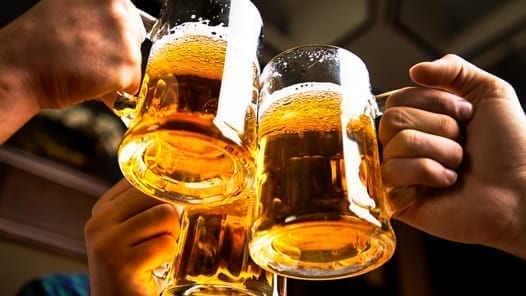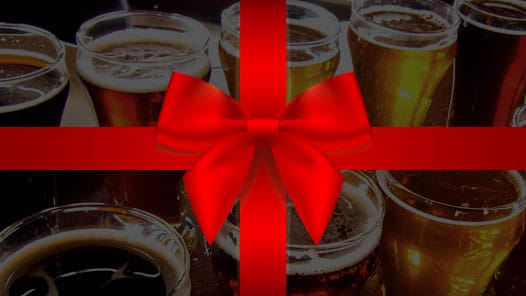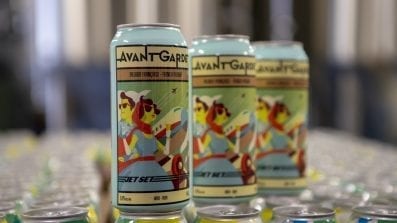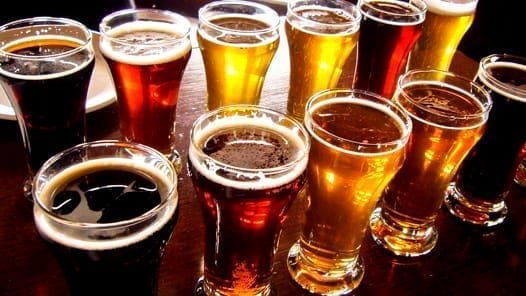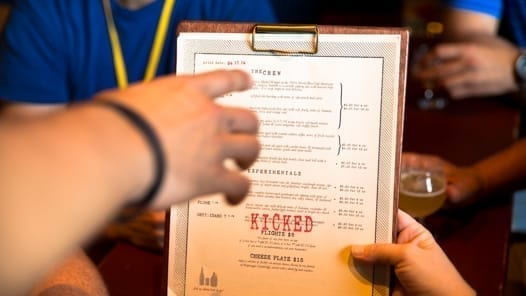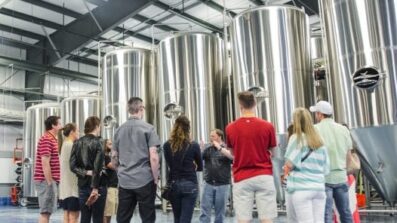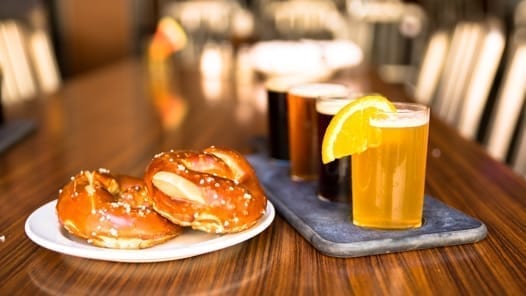Beer has been brewed, shared, and celebrated for thousands of years. Today, it’s not just a drink, it’s a craft, a conversation starter, and a way to explore the identity of a place or a community. From fruity wheat beers to bold IPAs, the main styles and types of beer reflect a rich history and an ever-evolving creativity in brewing. From casual drinkers to seasoned craft beer enthusiasts, understanding beer styles opens the door to a more flavorful and satisfying experience.
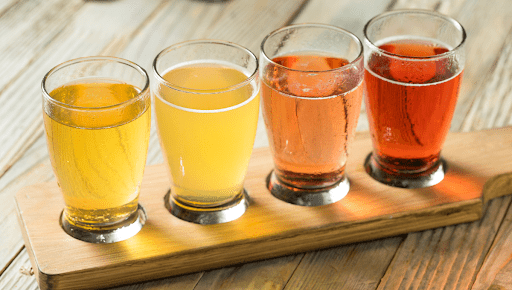
Understanding the basics: What is a beer style or type?
Before taking your first sip, it’s essential to know what shapes the beer you love or the one you haven’t discovered yet.
Defining beer styles vs. types
Beer types refer to the two broad fermentation categories — ales (top-fermented) and lagers (bottom-fermented). Styles are subcategories within these types, shaped by ingredients, brewing methods, and regional traditions. Within each type, we find countless different beer styles that vary based on ingredients, alcohol content and brewing techniques.
For example, IPA, stout, and brown ale are all styles of ale, while pilsner and amber lager are styles of lager. The line between « type » and « style of beer » is essential when it comes to understanding variety and flavor.
Why styles matter: Flavor, fermentation, and more
Every beer style tells a different story through its:
- Malt profile (bringing notes of caramel, toast, or roast)
- Hop intensity (adding bitterness, citrus, or pine aromas)
- Yeast contribution (with fruity, spicy, or funky flavors)
- Alcohol strength, body, and clarity
These elements make each beer style unique. Appreciating their distinct flavor profile means you’re not just drinking beer, you’re experiencing craftsmanship.
A quick word on fermentation and ingredients
Beer’s DNA lies in its ingredients: water, malted barley, hops, and yeast. But it’s the fermentation process, how yeast transforms sugars into alcohol, that decides whether a beer is an ale or lager.
The type of yeast, the temperature at which it works, and how it behaves during brewing all influence the final result. This is why a blonde ale feels so different from a hazy New England IPA, or why a berliner weisse tastes nothing like a dark porter.
The two main types of beer: ales and lagers
Now that the groundwork is laid, let’s talk about the two pillars of brewing: ales and lagers. These beer types are the starting point for understanding the different types of beer available today, each with its own personality, origin, and brewing tradition.
Ales: top-fermented and packed with flavor
Ales are brewed with top-fermenting yeast at warmer temperatures, which encourages yeast to remain active near the surface of the brew. This method creates complex, often fruity or spicy flavors and allows brewers to be more experimental.
Characteristics of ale styles
- More aromatic and flavorful
- Typically higher alcohol content
- Often more bitterness from hops
- Broad range of body, from light to rich
Common types of ales
You’ll find countless ale styles in today’s beer world :
- Pale ale and India Pale Ale (IPA), known for their hoppy profiles
- Amber ales, with balanced malt and bitterness
- Brown ales, with their nutty, toasty smoothness
- Darker styles like stout and porter, rich in roasted malt and coffee notes
Lagers: bottom-fermented and crisp
Lagers ferment at cooler temperatures with bottom-fermenting yeast, leading to a smoother, cleaner finish. Their brewing process takes longer and typically results in a refreshing beer that’s more accessible to casual drinkers.
Characteristics of lagers
- Light to medium body
- Lower hop bitterness compared to ales
- Clean, easy-drinking beer with subtle malt sweetness
- Often lighter in color and aroma
Common lager styles
Some of the popular styles of lagers include:
- Pilsner: crisp and hoppy with a dry finish
- Amber lager: a maltier variation with caramel undertones
- American lager: light-bodied and widely available
Exploring different types of ale
The ale family is diverse, with many styles offering unique tastes and textures.
Pale ale & India Pale Ale (IPA)
Pale ale: balanced and bitter
Known for its hop-forward approach, pale ale offers moderate bitterness, citrus aromas, and a refreshing finish. American Pale Ale styles are particularly popular for their balance and approachability.
IPA: hoppy and bold (including India Pale Ale)
IPAs bring assertive hop flavor and stronger alcohol content. You’ll encounter variations like:
- American IPA: punchy bitterness and resinous hop aromas
- New England IPA: hazy, fruity, and juicy with low bitterness
- English pale ale: earthier with floral hops
Amber ale: smooth and malty
A great middle ground, amber ale has a malty backbone with notes of caramel and mild hops. It’s flavorful without being overwhelming, making it a favorite among those new to craft beer.
Its balanced profile and easy drinkability make amber ale a crowd favorite, especially during social gatherings or special events like a bachelorette party, where guests can enjoy flavourful beers without overwhelming bitterness.
Brown ale: nutty and earthy
Brown ales are known for medium body, low bitterness, and rich, comforting flavors like chocolate, coffee, or hazelnut. They’re ideal for cool evenings and hearty meals.
Stout vs. porter: rich, dark, and roasted
These darker ales showcase roasted malt, producing flavors of coffee, dark chocolate, and smoke. While porters tend to be lighter, stouts often have a fuller body and creamier texture.
Exploring different types of lager
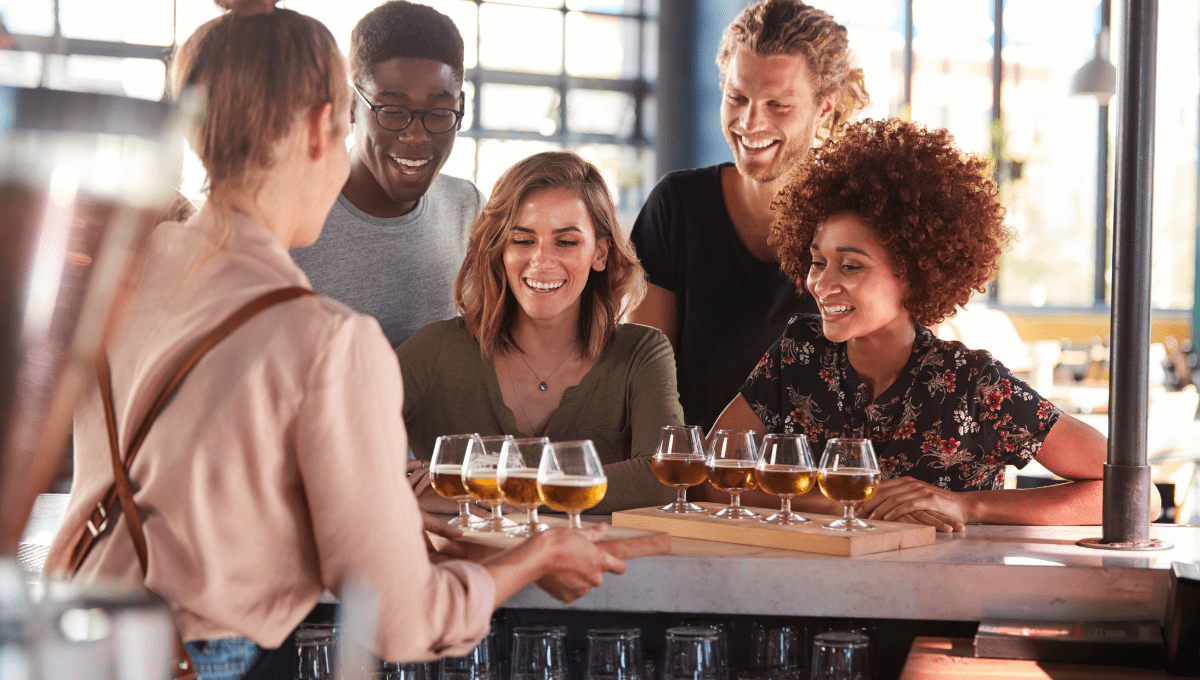
Lagers aren’t just “light beer”, they include a wide variety of styles that vary in intensity and character.
Pilsner: crisp and refreshing
A global favorite, the pilsner is light in color, high in carbonation, and carries a distinct hop bitterness. It’s one of the most popular types of beer for those looking for refreshment without sacrificing flavor.
Thanks to its lightness and versatility, the pilsner is often featured in curated tastings and brewery stops on some of the top things to do in Montreal, especially for visitors eager to discover local flavors in a laid-back setting.
Amber lager: a balanced choice
Amber lagers deliver sweetness from the malt balanced with gentle hops, making them a smooth, flavorful choice for any occasion.
Other common lager styles
The range of beer styles within the lager family includes many popular beer styles appreciated around the world, from crisp pilsners to rich Vienna lagers. It includes:
- American lager: light, neutral, and incredibly easy to drink
- Vienna lager: rich amber color with toasty malt notes
- Dark lagers: lower in bitterness, offering smooth, deep roast flavors
Beyond the basics: specialty and unique beer styles
Craft beer lovers are always searching for something new. These specialty beer styles bring originality and regional identity to your glass.
Wheat beer: smooth and cloudy
Brewed with wheat instead of barley, these beers are often hazy, soft, and aromatic. Belgian-style Witbiers and German Hefeweizens deliver hints of citrus, clove, and banana-like esters.
Sour beer: tart and funky flavors
Sour beers, including berliner weisse, undergo wild or mixed fermentation, producing a tangy taste with fruity or earthy complexity. They challenge the palate and excite beer drinkers looking for something unexpected.
Belgian beer: traditional and complex
Known for their strong character, Belgian beer styles range from blonde ale to dark quadrupels, often with spicy yeast phenols and higher alcohol content. These are beers made with tradition, care, and reverence for history.
How fermentation impacts beer style
Understanding fermentation deepens your appreciation for how styles develop.
Top vs. bottom fermentation
Top-fermenting yeast (used for ales) works faster and at warmer temps, producing aroma-rich, flavorful beers. Bottom-fermenting yeast (used for lagers) works slowly and at cooler temperatures, giving beers a cleaner, more refined finish.
Yeast behavior and its influence on flavor
The type of yeast used not only determines the fermentation type but also shapes the beer’s aroma, alcohol content, body, and even clarity. It’s the unsung hero behind beer production.
Choosing the right style for you
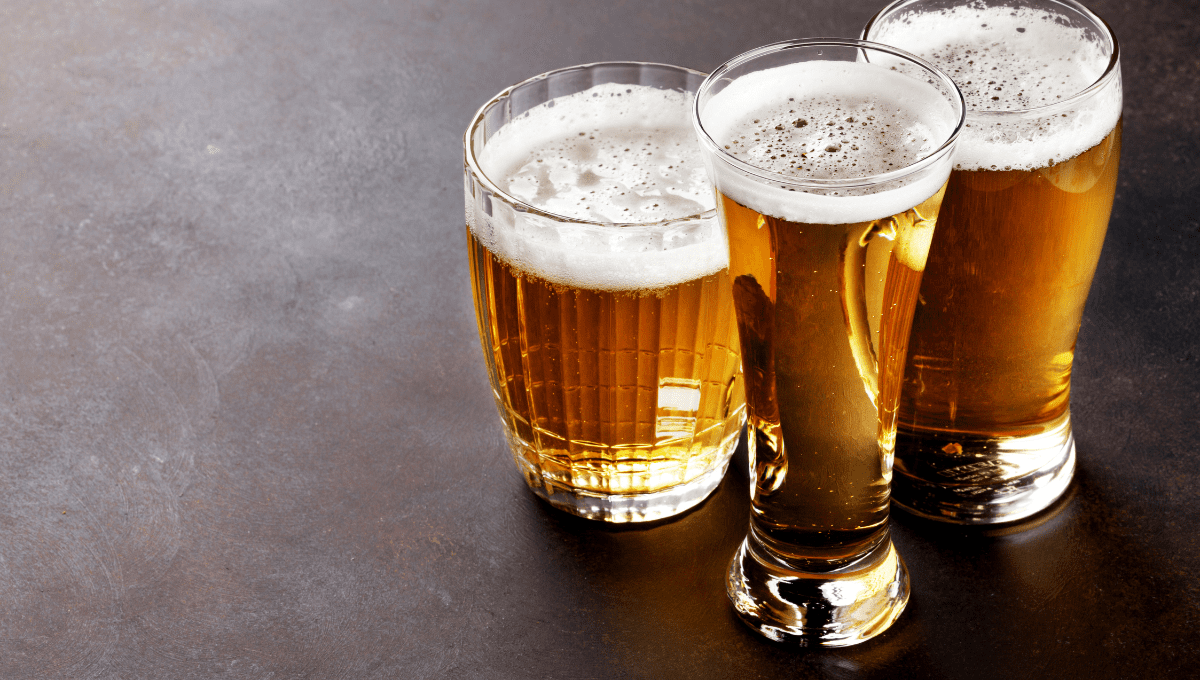
With so many options, choosing your beer becomes a fun exploration.
Matching beer styles with your taste preferences
If you prefer low bitterness and sweetness, opt for wheat beer or amber lager. Craving bold intensity? Try a double IPA or stout. For something lighter, a blonde ale or pilsner is ideal.
How alcohol content, bitterness, and body play a role
The bitterness level (IBU, International Bitterness Units), alcohol strength (ABV, Alcohol by Volume), and mouthfeel (light, medium, or full body) help match beer to occasion and meal. Exploring how these elements interact is part of becoming a true beer enthusiast.
Tips for exploring different styles as a beer enthusiast
The best way to expand your palate and deepen your understanding of beer styles is to explore them in context with real people, real breweries, and real pints.
You can start by joining a food and drink tour in Montreal, where curated tastings allow you to sample a variety of styles, learn how they’re brewed, and understand how different ingredients influence each flavor.
These tours aren’t just about sipping, they’re immersive experiences that connect beer with culture, history, and local expertise.
In parallel, visiting taprooms and breweries gives you the chance to go deeper. Talk with a brewery representative or local brewer and ask about their ingredients and inspirations, and what makes their signature beers stand out. Their insight will often reveal unexpected stories behind the glass, stories you can’t read on a label.
A world of beer styles to discover with City Brew Tour
From pale ales to pilsners: the main types at a glance
From IPAs to pilsners, stouts to sours, the main styles and types of beer showcase how far beer has come and how exciting it still is. There’s a beer for every moment, every meal, and every story.
Ready to taste it all? Explore Montreal’s craft beer scene with us
Reading about beer is one thing — but stepping inside a working brewery, chatting with a passionate brewer, and tasting a flight of freshly poured styles is something else entirely.
Join us for a guided craft beer tour in Montreal and experience firsthand how local flavors, brewing traditions, and expert storytelling come together. From crisp lagers to hazy IPAs, you’ll explore a range of styles while learning what makes each one unique, all in the company of people who live and breathe beer.
